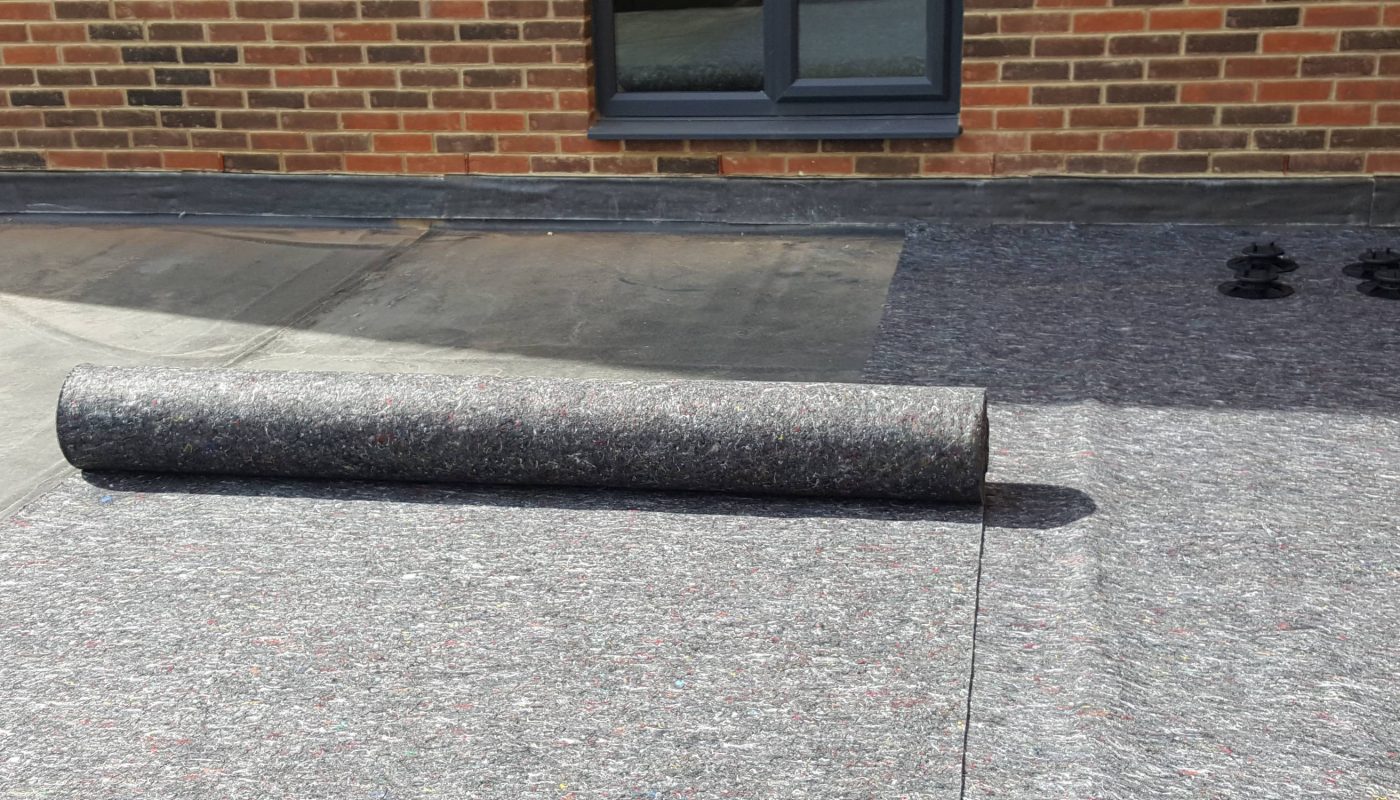The global Geotextile Market is estimated to be valued at USD 7.10 billion in 2022 and is expected to exhibit a CAGR of 6.6% over the forecast period 2023-2030.
- A) Market Overview:
Geotextiles are permeable fabrics that are used in civil engineering applications to improve soil stability, prevent erosion, and provide reinforcement. These fabrics are used in various industries such as construction, transportation, and agriculture. Geotextiles offer benefits such as filtration, drainage, separation, and reinforcement. They find applications in road construction, landfills, erosion control, and coastal protection, among others.
- B) Market Dynamics:
The geotextile for market is driven by two main factors:
- Rising Infrastructure Development: The increasing investments in infrastructure development projects, such as road construction, railway projects, and landfill construction, are driving the demand for geotextiles. Geotextiles provide stability, drainage, and reinforcement to these projects, leading to their increased adoption.
- Increasing Environmental Concerns: With growing environmental concerns and the need for sustainable solutions, geotextiles are being widely used in soil erosion control, groundwater filtration, and coastal protection. Geotextiles are eco-friendly alternatives to traditional construction materials, which has further fueled their demand.
- C) SWOT Analysis:
Strength:
- Cost-Effective Solution: Geotextiles offer cost reduction in terms of labor and material, making them a preferred choice in construction projects.
- Environmental Benefits: Geotextiles help in soil stabilization, erosion control, and groundwater filtration, contributing to environmental sustainability.
Weakness:
- Lack of Awareness: The lack of awareness about the benefits and applications of geotextiles among end-users hinders market growth.
- Limited Availability: The availability of geotextiles in remote areas or underdeveloped regions is limited, leading to restricted usage.
Opportunity:
- Technological Advancements: Continuous advancements in geotextile manufacturing technologies are opening up opportunities for product innovation and development.
- Growing Infrastructure Investments: The increasing investments in infrastructure development projects, especially in developing economies, provide a significant market opportunity for geotextiles.
Threats:
- Fluctuating Raw Material Prices: The fluctuating prices of raw materials used in geotextile manufacturing, such as polymers, can pose a threat to market growth.
- Competition from Substitutes: The availability of alternative materials, such as concrete and asphalt, for infrastructure projects may pose a challenge to the geotextile for market.
- D) Key Takeaways:
– The global Geotextile Market is expected to witness high growth, exhibiting a CAGR of 6.6% over the forecast period, due to increasing infrastructure development and rising environmental concerns.
– The Asia-Pacific region is anticipated to be the fastest-growing and dominating region in the geotextile for market, driven by rapid urbanization, industrialization, and infrastructure development in countries like China and India.
– Key players operating in the global geotextile for market include GSE Holdings Inc., The Dow Chemical Company, Royal Ten Cate Corporate EMEA, Fibertex Nonwovens A/S, Low & Bonar PLC., Huesker Synthetic GmbH, Tenax, CTM GEO Synthetics, Leggett & Platt Incorporated, and Kaytech Engineered Fabrics. These players focus on product innovation, strategic partnerships, and mergers and acquisitions to maintain their market position.
The global Geotextile Market is set to experience significant growth in the coming years, driven by infrastructure development projects and increasing environmental concerns. Advancements in technology and growing investments in infrastructure across the globe present lucrative opportunities for market players. However, challenges such as limited availability in certain regions and competition from substitute materials should be carefully addressed to capitalize on the market potential.


